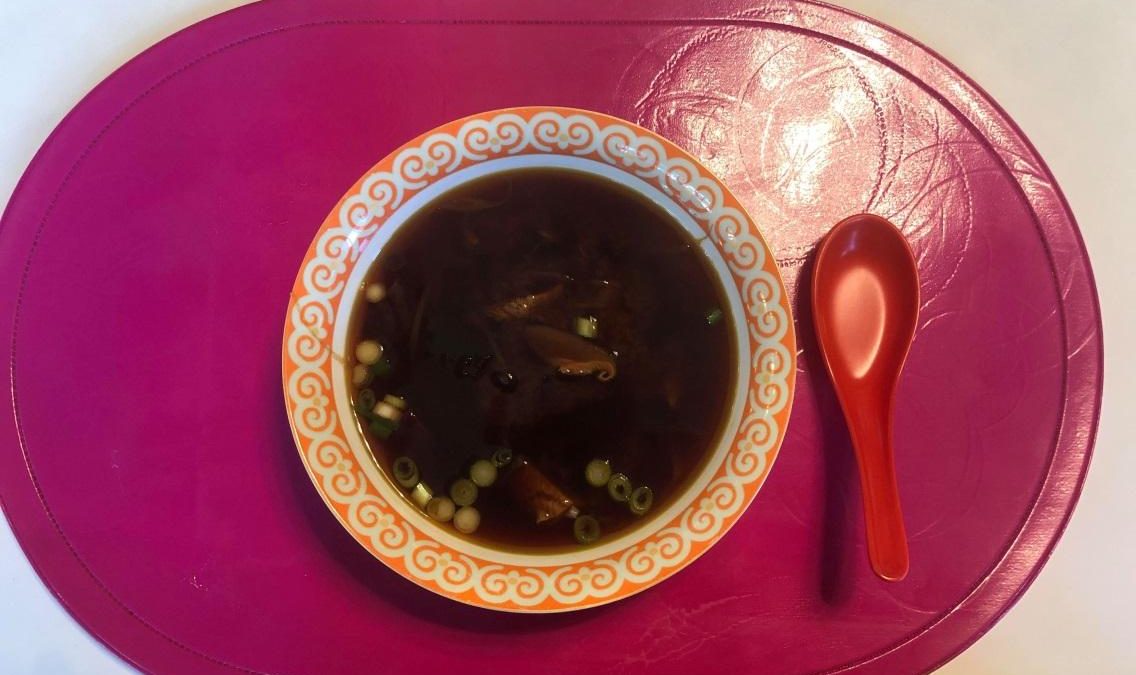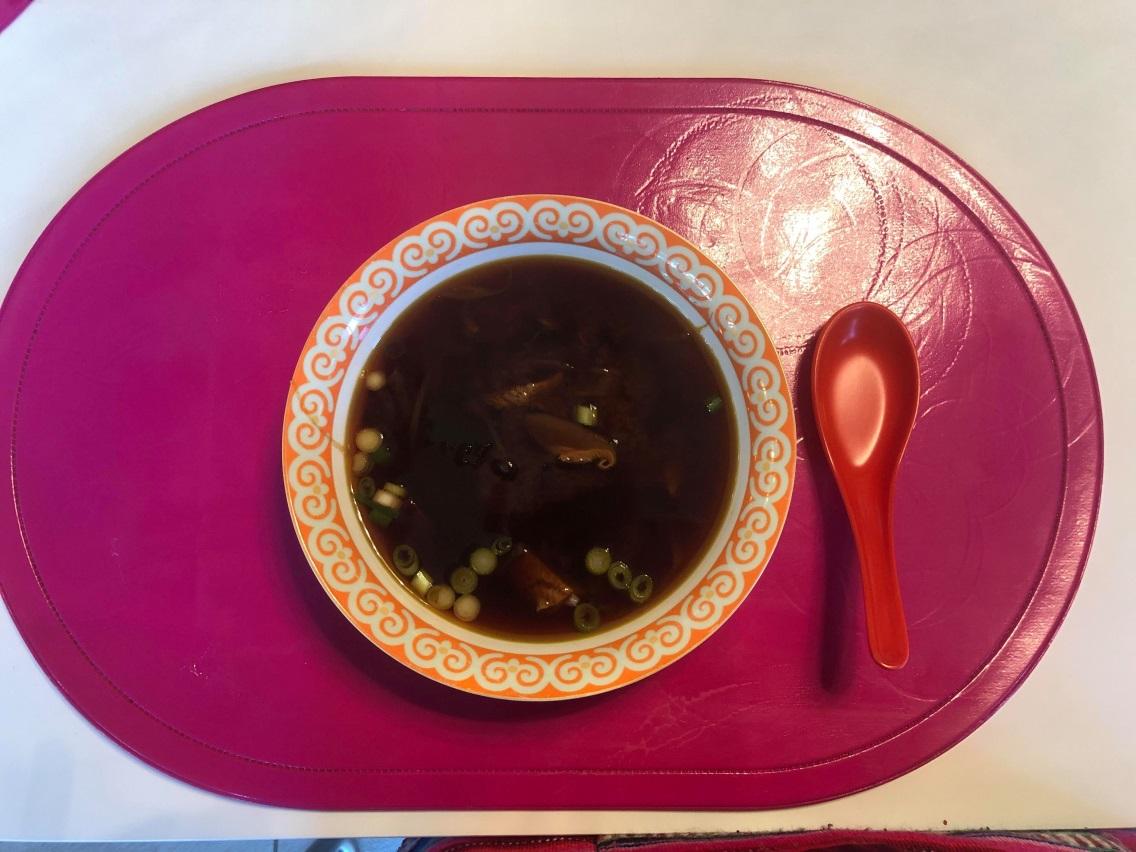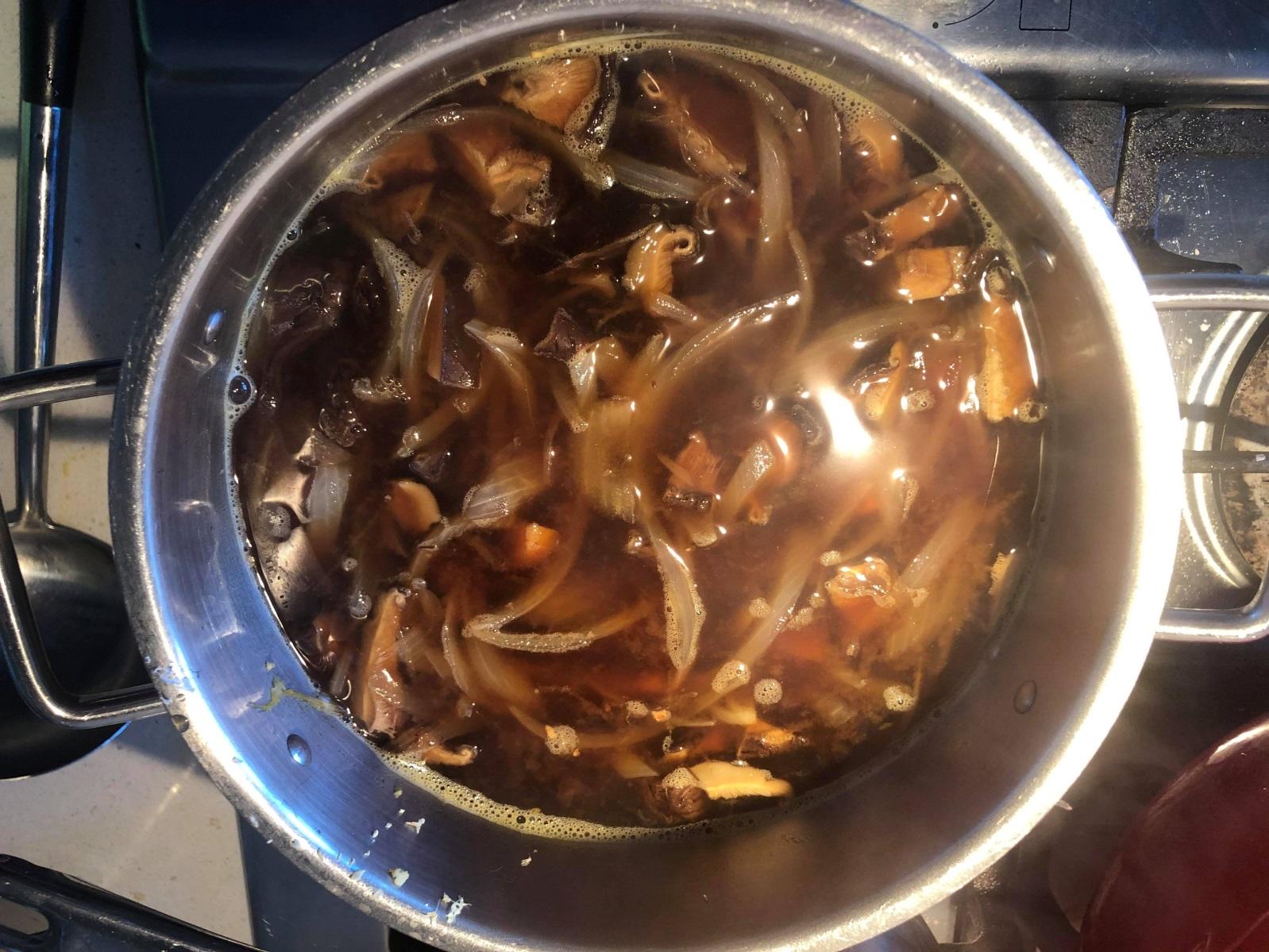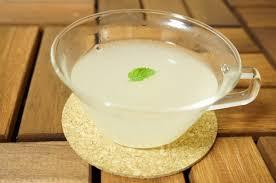
‘Giving space’ and other mysterious yoga-isms
June 4, 2019
10 Fun Ways to Slow Down Time
June 18, 2019The Magic of Miso


My favourite traditional Japanese Miso soup recipe
When I was studying Japanese at school I remember a story my beloved teacher, Mrs Steele, told the class about Miso.
She said she’d heard of hospital wards in Hiroshima where survivors of the atom bomb were still undergoing treatment for their radiation poisoning.
Many of them had been able to recover and live relatively normal lives and credited miso soup with this.
Even though I was only 15 years old, the significance of this didn’t escape me.
In future years when I visited Hiroshima and Nagasaki and saw first-hand the damage the atom bomb caused, Mrs Steele’s story came to mind again and again*.
So what is Miso and how can it help you?
Miso is fermented soya bean paste.
It’s a staple in the macrobiotic diet (which is aligned with Japanese Yoga) and many Japanese start their day with a bowl of miso soup.
It’s savoury and quite ‘salty’ (think ‘healthy’ Vegemite) and comes in different flavours, like brown rice miso, wheat miso, red miso, white miso etc.
Miso’s usually made into a soup using seasonal vegetables, and you can also mix a little of it with other ingredients to use as a spread, dressing etc.
Miso should always be cooked (so use it sparingly as a dressing or spread) as it’s such a concentrated food, and too much raw miso can lead to a cycle of sweet cravings.
Remember never to boil miso as the high temperatures kill the enzymes and reduce it’s healing qualities.
High in Vitamin E content, when Vitamin A and C are present it’s very beneficial in both cleansing the body of toxins and cancer prevention.
Specifically: bowel, liver and stomach cancers.
You could say that a cup (or 3!) of miso soup daily is the ultimate medicine for the stomach and large intestines.
Miso’s famous for hangover relief as well as for reducing high blood pressure.
Here’s my favourite Miso soup recipe:
INGREDIENTS:
Sesame oil for sauteing
1 x medium onion
4 dry shiitake mushrooms
1 x tablespoon grated ginger
2-3 cups of water
1 piece kombu (sea kelp)
1 piece wakame (seaweed)
Tamari
Spring onions
Sea Salt
1 x Tablespoon unpasteurized miso (I like brown rice miso)
2 x Seasonal vegetables (eg: carrot, corn, pumpkin, broccoli, cabbage, leafy greens)
Method:
-Soak 1)kombu, 2) wakame, in 2 separate bowls of cold water until soft then slice into small pieces (kombu is added as stock; wakame is added to the soup at the end of cooking)
-Soak shiitake mushrooms in boiling water until soft then discard stems and slice into small pieces
– Add sliced Kombu, sliced shiitake and the water from both Kombu and shiitake soaking to a pot (this becomes the ‘stock’)
– Add 3-4 cups of water, cover and bring to the boil then reduce to a simmer
– Meanwhile, slice all vegetables
– Saute onion and ‘harder’ vegetables (like onion, pumpkin, carrot, broccoli etc)in a fry pan with sesame oil until soft
-Add a pinch of sea salt as the onion becomes clear
– Add sautéed vegetables to the pot of simmering water with the kombu + shiitake mushrooms and cover
– Put the tablespoon of miso into a separate bowl, add about half a cup of water from the pot and stir with a fork to make the paste into a ‘slurry’.
-Add the miso ‘slurry’ to the big pot with vegetables, making sure to turn down the heat so that the miso isn’t boiled (this will ‘kill’ the healing enzymes)
– Add quick cooking vegetables like corn or leafy greens: bok choy etc
– Simmer gently for a few minutes then add the grated ginger
-Place the softened wakame in soup bowls with spring onions then spoon the miso soup and vegetables over the top.
TIP: Delicious for breakfast with a small bowl of cooked brown rice.
If you’d like to pair your miso with some Japanese Yoga poses to strengthen your large intestine and stomach, take a look at my Youtube videos – they’re quick, safe, easy and effective.
*For more information on miso and radiation, read here








2 Comments
THANK YOU SO MUCH Karenna. I’ve bought miso a few times and never quite cooked it so that it’s delicious. This looks great. Can you buy the kombu and wakame from wollies or coles. Never bought it or used it before.
You’re welcome Kate! I hope this could be the beginning of a special relationship you can have with miso! Re ingredients- I wouldn’t recommend Coles or Woollies for Konbu (also spelled Kombu), Wakame or Miso. To get the good stuff you’ll need to get it from a good health food store. I really like ‘Taste’ Organics – they have a great ‘Japanese’ range. Flannery’s is pretty good too, but they don’t always have everything. In terms of brand- Spiral Foods is my personal favourite for miso and sea vegetables (+ other Japanese goodies). Cawari is good, too (for miso, good quality sesame oil- I don’t think they do sea vegetables).